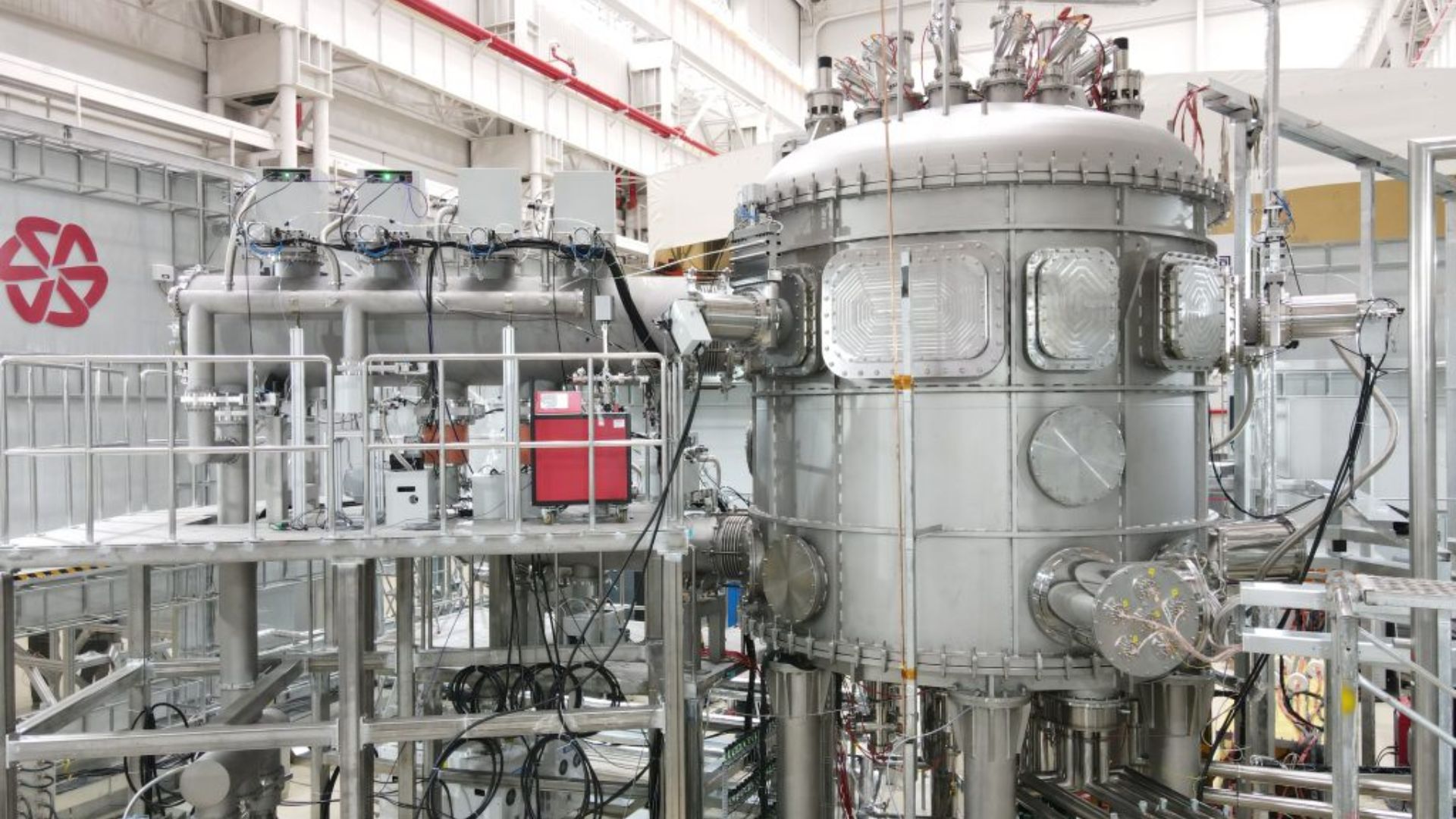
Introduction to Tokamaks
Tokamaks represent a leading design for nuclear fusion reactors, aiming to replicate the fusion processes that power the sun. These devices confine superheated plasma—a mixture of electrons and ions—using magnetic fields, allowing for the conditions necessary for nuclear fusion to occur. Controlled nuclear fusion is considered a potential solution to the global energy crisis, offering an almost limitless source of clean energy without the radioactive waste associated with fission power.
The HH70: A Milestone in Fusion Technology

In a notable achievement, China has recently completed the development of the HH70, the world's first fully high-temperature superconducting tokamak. Located in Shanghai, the HH70 was built by Energy Singularity, a commercial entity focused on advancing fusion energy technology[2][8]. The significance of HH70 lies not only in its superconducting capabilities but also in its smaller and more cost-effective design compared to traditional tokamaks, which are often large and expensive to construct[4][5].
Energy Singularity has set a record for the fastest development and construction of a superconducting tokamak within just two years[6][9]. The HH70 employs a magnetic system made from high-temperature superconducting materials—specifically, Rare Earth Barium Copper Oxide (REBCO)[1][9]. This innovative use of REBCO allows for a reduction in physical size, achieving a volume only two percent of conventional tokamaks[4][8]. The successful operation of HH70 demonstrates significant engineering advancements, indicating its potential for commercialization and broader application in creating more accessible nuclear fusion technology[2][9].
Performance Metrics and Future Goals
The efficiency of fusion reactors is often assessed using the Q value, which reflects the ratio of energy produced from the fusion reaction to the energy input required to sustain that reaction. Current leading designs have achieved Q values of around 1.53, but Energy Singularity aims to create tokamaks with a Q value of 10[1][8][9]. The realization of such high efficiency could significantly shorten the development path for fusion energy technologies. The company plans to release its next-generation tokamak by 2027, with the ambition of establishing a demonstration power plant by 2030[4][8].
Comparative Context: The EAST Tokamak

While the HH70 represents a groundbreaking advance, it is essential to consider the previously established Experimental Advanced Superconducting Tokamak (EAST) in Hefei, which has also made substantial contributions to the field of fusion energy research. EAST has become renowned for maintaining high-temperature plasma states, achieving significant milestones such as sustaining a plasma at 100 million degrees Celsius for over six minutes, a record for plasma confinement[5][7][10].
EAST operates as a testbed for technologies that are pivotal to future fusion reactors, including those that will be deployed in the International Thermonuclear Experimental Reactor (ITER) project currently under construction in France[10]. The advancements realized in EAST, particularly regarding long-duration plasma operation, contribute crucially to the knowledge and practical applications of fusion energy systems[5][10].
International Collaboration and the Future of Fusion Energy
China's commitment to advancing fusion energy is further illustrated by its openness to international collaboration, evidenced by partnerships involving over 17 research institutions worldwide, including contributions to the ITER project[3][10]. This cooperation underscores a global effort to face common challenges related to energy production and climate change.
The HH70's operational success is a significant leap for China's position in the global race toward sustainable energy sources. As energy demands grow and the implications of climate change become more urgent, the potential of fusion energy could play a pivotal role in the transition towards cleaner energy systems.
Conclusion
The development of the HH70 and the continued efforts of projects like EAST solidify China's position as a leader in nuclear fusion research. The advancements in high-temperature superconducting technology not only pave the way for more efficient and commercially viable tokamaks but also represent a broader trend towards innovative solutions in the global pursuit of clean energy. As countries move away from fossil fuels, the promise of controlled nuclear fusion stands out as a beacon of hope in creating a sustainable energy future for generations to come.
Get more accurate answers with Super Pandi, upload files, personalized discovery feed, save searches and contribute to the PandiPedia.
Let's look at alternatives:
- Modify the query.
- Start a new thread.
- Remove sources (if manually added).